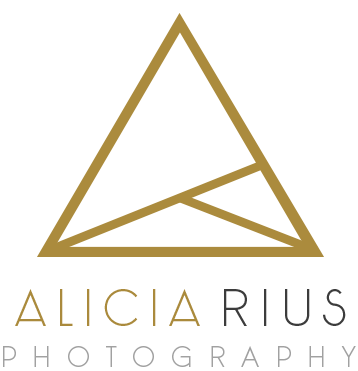The right image can elevate your project, whether it's a marketing campaign, a website, or a presentation. High-quality stock photos and images can serve as powerful tools to convey messages, capture attention, and enhance engagement. However, with an overwhelming array of options available, selecting the right stock photos can be a daunting task. This article will provide essential tips for maximizing the impact of your projects through careful selection of high-quality stock photos.
Understanding Your Needs
Before diving into the vast ocean of stock photos and images, it’s crucial to identify your specific needs. Ask yourself:
What message do you want to convey? Understanding the core message of your project will guide your image selection. For example, if you're promoting wellness, images of nature, people practicing yoga, or healthy foods might be appropriate.
Who is your target audience? The demographic and psychographic characteristics of your audience will influence the type of images you choose. For instance, a younger audience might respond better to vibrant, dynamic images, while a more mature audience might prefer classic, subdued visuals.
What is the tone and style of your project? The tone of your project—be it formal, casual, playful, or serious—will dictate the style of images that will resonate best. A professional report may require clean, polished images, while a social media campaign may benefit from more candid, relatable photos.
Quality Over Quantity
When it comes to stock photos and images, quality should always take precedence over quantity. Here are a few aspects to consider to ensure you choose high-quality images:
Resolution and Size: Opt for images with a high resolution to ensure clarity and sharpness across various mediums. High-resolution images are particularly important for print projects, where low-quality images can appear pixelated or blurry.
Composition and Framing: Look for well-composed images that guide the viewer’s eye to the focal point. Effective composition techniques include the rule of thirds, leading lines, and balanced elements. Avoid images that feel cluttered or distracting.
Natural Look: Select photos that appear authentic and relatable. Cliché stock images, such as overly posed business meetings or generic happy families, can detract from your message. Instead, seek images that showcase real emotions and genuine interactions.
Authenticity and Representation
Today’s audiences are increasingly savvy and value authenticity in visual content. When selecting stock photos, consider:
Diversity and Inclusivity: Choose images that reflect the diversity of your audience. Representing different ethnicities, ages, genders, and body types not only broadens your appeal but also promotes inclusivity.
Cultural Sensitivity: Be mindful of cultural representation in your images. Ensure that the visuals you choose are respectful and accurate representations of different cultures, avoiding stereotypes or appropriation.
Cohesive Aesthetic
To create a strong visual identity for your project, maintaining a cohesive aesthetic across your chosen stock photos is essential. Here’s how to achieve that:
Color Palette: Pay attention to the colors in the images you select. Ideally, the color scheme should align with your brand or project theme. You can use color palettes to create harmony among different images.
Visual Style: Ensure that the visual style of your chosen stock photos is consistent. For instance, if you select images with a bright, airy feel, avoid mixing in dark, moody images that may disrupt the overall aesthetic.
Filters and Edits: If you’re using multiple images, consider applying the same filter or editing style to create a uniform look. This technique can enhance the cohesiveness of your visuals and strengthen your project’s overall impact.
Licensing and Usage Rights
Understanding the licensing and usage rights of stock photos and images is critical to avoiding legal complications. Always check:
Licensing Terms: Familiarize yourself with the licensing terms associated with each image. Different licenses allow for various uses, so ensure that you choose images that align with how you intend to use them (e.g., commercial use, editorial use, etc.).
Attribution Requirements: Some stock photos require attribution to the creator. Be sure to comply with these requirements to respect the artist’s rights and avoid potential legal issues.
Utilize Search Tools Effectively
Many stock photo websites offer advanced search filters that can help streamline your selection process. Take advantage of these tools to narrow down your options:
Keywords: Use relevant keywords that accurately describe the images you’re looking for. Be specific to filter out irrelevant results.
Categories and Collections: Explore categories and curated collections to discover themed images that might suit your project. This can be a time-saver and can provide inspiration for your selection.
Favorites and Downloads: Most stock photo sites allow you to create a favorites list or collection. Use this feature to compare images and finalize your choices before making a purchase or download.
Conclusion
Selecting high-quality stock photos and images is a vital step in enhancing the visual impact of your projects. By understanding your needs, prioritizing quality, promoting authenticity, maintaining a cohesive aesthetic, and utilizing search tools effectively, you can create compelling visual content that resonates with your audience. Remember, the right image can make all the difference in conveying your message, capturing attention, and elevating your project’s overall effectiveness.
